Fascinating Mars-Like Places on Earth
ui
That’s the big question that a lot of people wonder about. Nicknamed the Red Planet because of its bright rust color, it is the fourth planet from the sun and Earth’s neighbor.Despite being much colder than Earth with an average temperature of around -80 degrees Fahrenheit, there are many other obstacles in the way of humans colonizing there right now, such as the fact that there isn’t any oxygen to breathe. Scientists, however, are searching for new ways to make it possible for humans to eventually move to Mars, such as potentially heating up the planet to create an atmosphere in which people can breathe in oxygen.The progress that scientists are making is amazing and it may be very possible for humans to inhabit our planetary neighbor in the not-so-distant future. Having locations on Earth that are similar to the conditions on the Red Planet are extremely helpful for researchers… like these six Mars-like locations right here on our planet.
Lake Vostok, Antarctica. 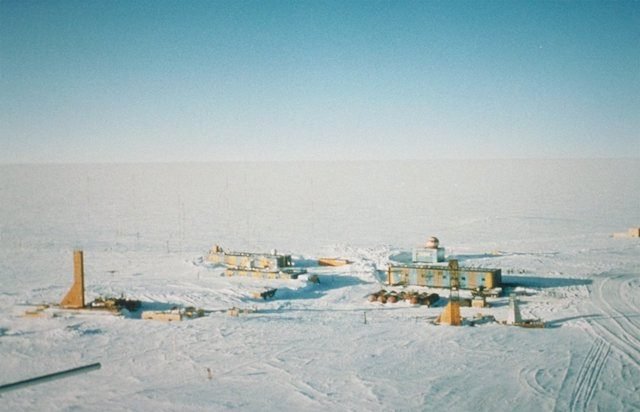
Antarctica is one of the biggest subglacial lakes on Earth. The lake, which is located near the South Pole in East Antarctica, is 143 miles long, 31 miles wide, and over 2,600 feet deep. It is buried beneath more than two miles of ice and is located close to Russia’s Vostok research station. It is estimated that the lake has been covered with ice for at least 15 million years, with no access to light, and is sealed from the atmosphere which makes it one of the most extreme environments on the planet.A Russian geographer/pilot first noticed the buried lake in the 1960s when he spotted from the air a smooth patch of ice on top of it. In 1996, British and Russian researchers then confirmed that there was indeed a lake buried there. Despite the age of the lake being unknown, scientists believe it is only thousands of years old.Although the location has an average temperature of around minus 80 degrees Fahrenheit, the lake itself is believed to be around 27 degrees Fahrenheit because of the huge weight of the ice on top. Scientists also believe that the freshwater lake could have creatures living in the darkness and the extreme cold. In fact, they did find that the lake contains microbes and multicellular organisms. And this gives hope that life can be found in the similarly extreme environment of Mars.
Dry Valleys, Antarctica
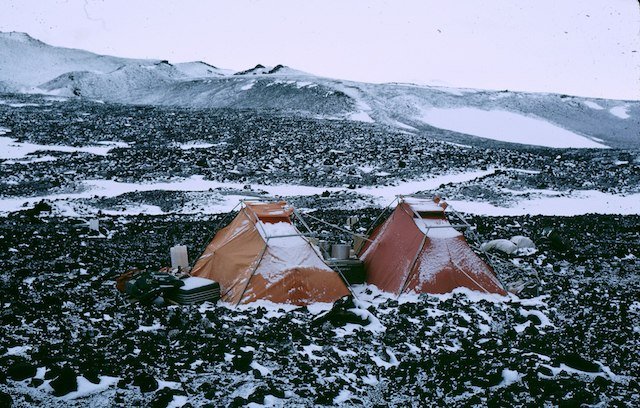
The Dry Valleys are a row of valleys located west of McMurdo Sound in Antarctica. The valleys, which are subjected to cold permafrost, are said to be the closest terrestrial environment similar to the very north of Mars. Researchers have found bacteria that live in freezing temperatures where the water has turned to ice and where nutrients are scarce. Oligotrophs are slow-growing organisms that live in environments where nutrients are hard to find and they could help scientists figure out how life could possibly exist on Mars.Researchers believe that Mars’ polar north may have supported life at one time because it received a lot more sunlight millions of years ago, which means the possibility of water and, of course, life. So researchers began drilling at this location in Antarctica to decide which machinery would be best to use on the northern locations of Mars. Scientists have found a patch of soil covering a layer of ice at the polar north of the Red Planet, and the environment is very similar at Dry Valleys, so that’s why this drilling research is being conducted there.
Atacama Desert, Chi
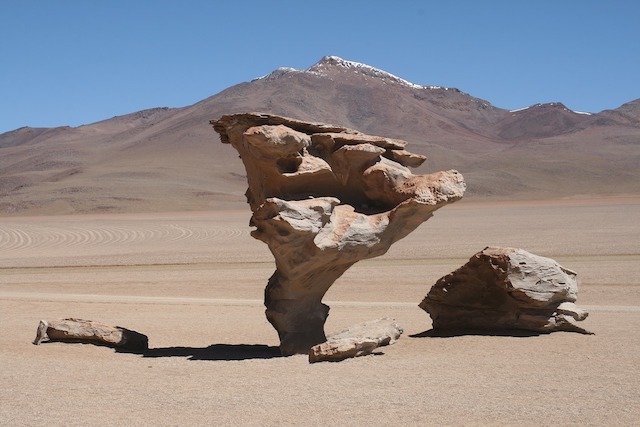
The Atacama Desert in Chile is a plateau approximately 1,000 kilometers long and is so extremely dry that it’s one of the most Mars-like locations on the planet. In fact, it can take decades of time between rainfalls, which ranks it among the driest locations on Earth. That is why, in 2004, scientists that were NASA-funded spent four weeks in the desert doing research on how life could possibly survive on Mars. And what they found is definitely mind-blowing.In the dry core of the desert, scientists have found microbial life. And if they can find it on an immensely dry location like the Atacama Desert, where many people believe that nothing is able to survive, there’s a very real possibility that they could also find life on Mars. A planetary scientist from Washington State University was quoted saying “If life can persist in Earth’s driest environment, there is a good chance it could be hanging in there on Mars in a similar fashion.”
Pico de Orizaba, Mexico
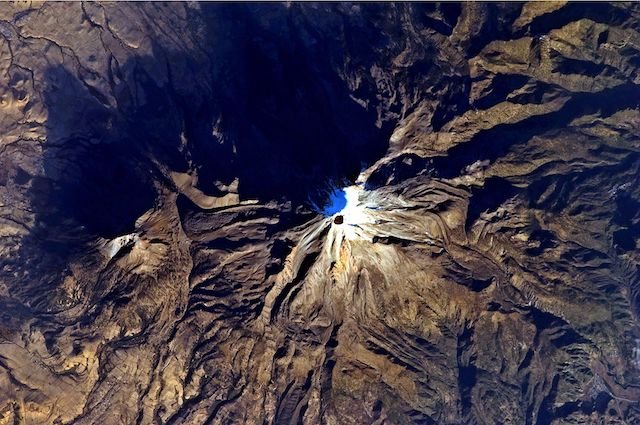
Pico de Orizaba is a volcano located in south-central Mexico. It rises on the south edge of the Mexican Plateau and is located about 60 miles east of Puebla. The volcano, which has been dormant since 1687, is the third highest peak in North America, registering at 18,406 feet tall.One big question in regards to the possible colonization on Mars is how would humans make it habitable? That is why scientists are so interested in Pico de Orizaba. It has one of Earth’s highest tree line elevations at over 13,000 feet and researchers are using this location to try to figure out how they could begin life on Mars.Scientists believe that if they could warm up the Red Planet by using heat-trapping gases, raising the air pressure, and beginning photosynthesis, that they couldpossibly create and maintain an atmosphere that would support humans and other life forms that need oxygen to breathe. If they could use these gases to heat Mars to 41 degrees Fahrenheit, that would equal the temperature of the tree line on the Pico de Orizaba volcano.
Death Valley, California
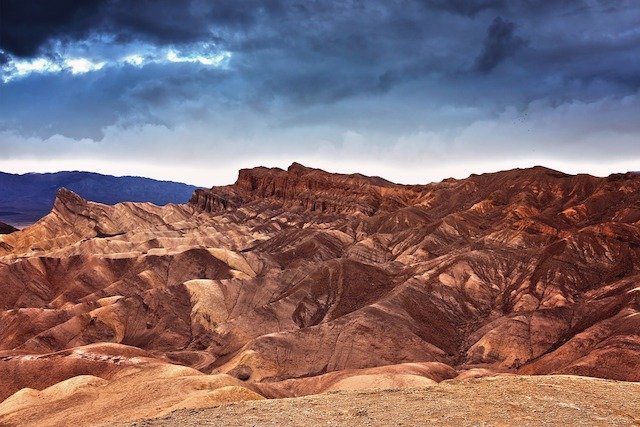
Scientists have done extensive research and testing for decades at Death Valley because of the location’s ancient rock layers. EvenNASA’s Curiosity was tested there to see how it would handle to harsh terrain on Mars. Death Valley is located in the southeast of California and is the lowest, driest, and hottest part of North America. The valley is approximately 140 miles long by 5 to 15 miles wide. Although the valley is excessively hotter than Mars, the harsh rocky terrain is said to be quite similar.Since 2012, Death Valley holds a yearly event called MarsFest where engineers and scientists discuss with the public the similar relationship between that location and Mars. People can visit Mars Hill, which is covered with volcanic rubble and rocks, as well as take a walk to the Mesquite Flat Sand Dunes, the Ubehebe Crater volcanic field, and the Little Hebe Crater.
Devon Island
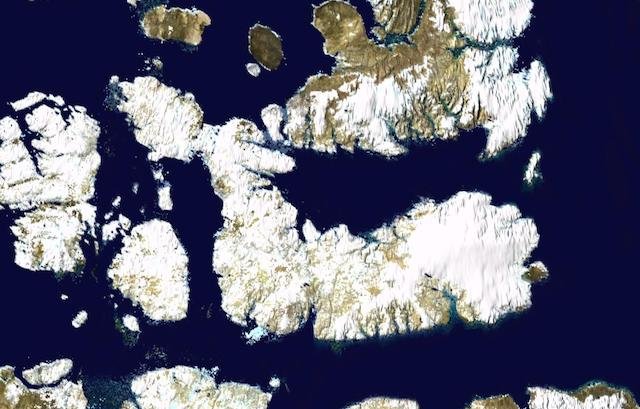
Devon Island is the largest uninhabited island on the planet. Of all the islands on Earth – habited and uninhabited – it is the 27th largest. It is part of an archipelago (a group of islands) called the Parry Islands in Nunavut, Canada. It is located in the Arctic Ocean, south of Ellesmere Island and west of Baffin Bay. Devon Island is approximately 320 miles long and 80-100 miles wide with an area of just over 21,000 square miles.The island, which was discovered in 1616 by William Baffin, has a huge 14-mile wide crater called the “Haughton Crater.” It is estimated that the crater was created around 39 million years ago when a comet two kilometers in diameter hit the area. Described as a polar desert, the impact zone is cold, dry, windy and dusty which makes it quite similar to the many craters on Mars, especially with all the loose rock in this earthly crater. Although Devon Island has an average temperature of 1 degree Fahrenheit and Mars averages -76 degrees Fahrenheit weather, the island is one of the closest comparisons to our planetary neighbor.Pascal Lee is a planetary scientist at the SETI Institute and is leading the NASA Haughton-Mars Project (HMP) where the Haughton Crater is being used for research of new technologies and strategies which will hopefully help prepare humans and robots for the exploration of the Red Planet. Every summer since 1997, Lee has led missions to the isolated island where they have tested many things that will help them for a trip to Mars, such as spacesuits and robots, as well as drills.
Go to @bible.com
Go to @bible.com